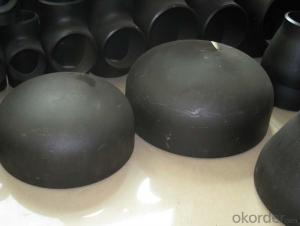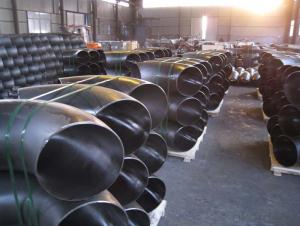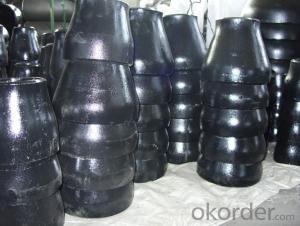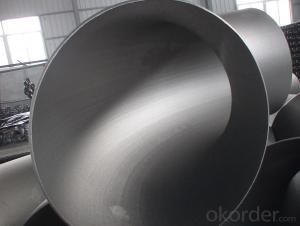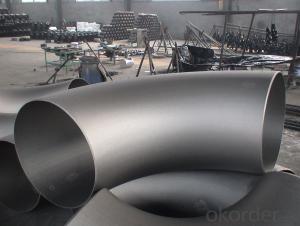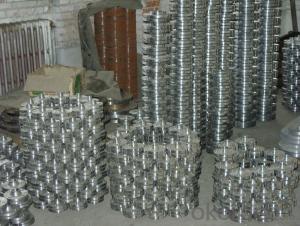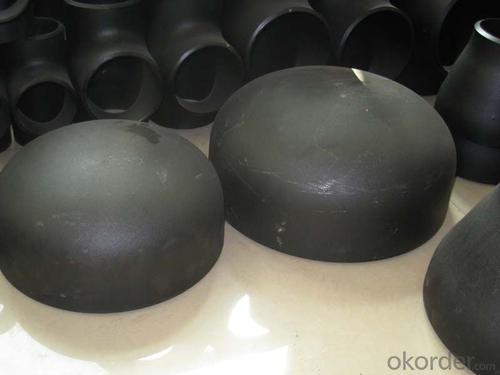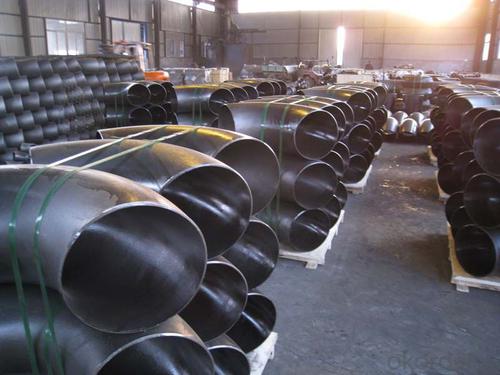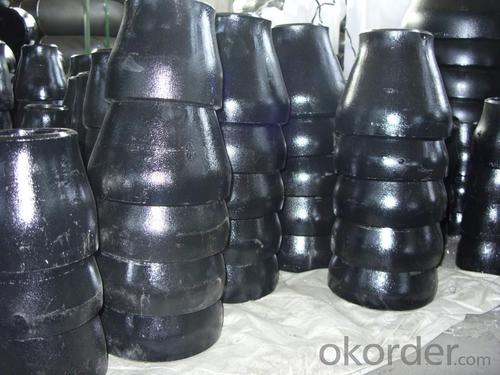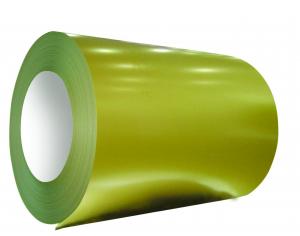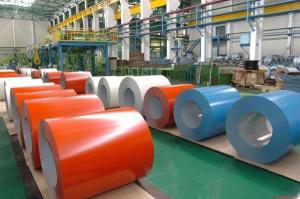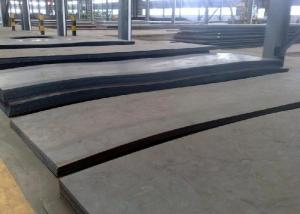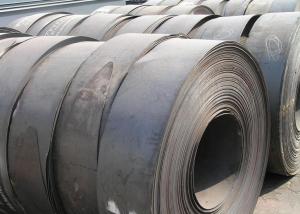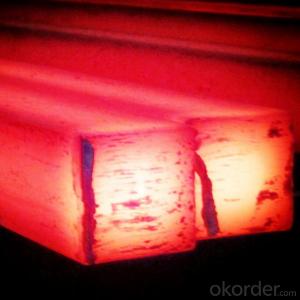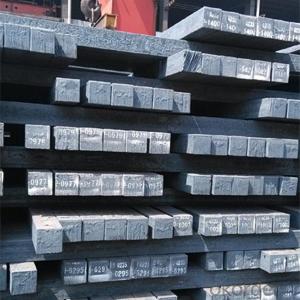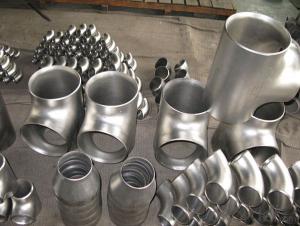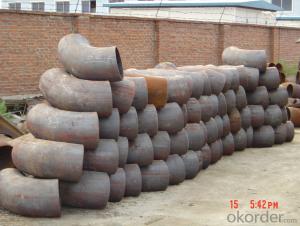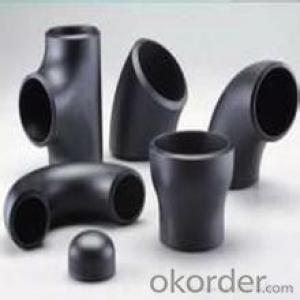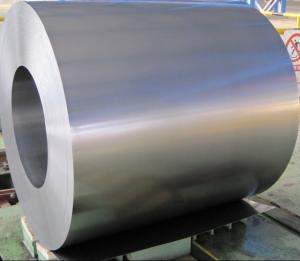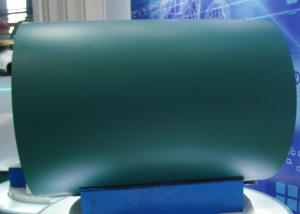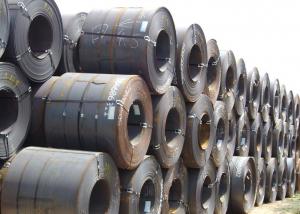Carbon Steel Pipe A234 WPB FITTINGS
- Loading Port:
- China Main Port
- Payment Terms:
- TT OR LC
- Min Order Qty:
- -
- Supply Capability:
- -
OKorder Service Pledge
OKorder Financial Service
You Might Also Like
Specifications
pipe fitting elbow
Certificate:ISO:9001-2000
New material,completely meet asme and din standard
Best price
1. type: AISI ASTM A234 WPB BW Con Elbow
2. Size: 1/2"-48"(1/2"-24"is seamless and 26"-48"is welded)
3. Wall thickness: sch10-160, STD, XS, XXS
4. Material: A234WPB, A420WPL6, A420WP5, WP11, WP12, WP22, etc
5. Welding line: seamless
6. Angle of bend: 30, 45, 90, 180degree
7. Bending radius: SR, LR
8. Standard: ANSI B16.9, JIS, SB, DIN, GB
9. Surface treatment: black paint, vanis paint, black rust-proof oil,
transparent oil, hot galvanizing
10. Application: petroleum, electricity, chemical, natural gas, metallurgy,construction,
shipbuilding and other fields because of its high pressure, high temperature, etc
11. connection: welding
12. technics:forged
13.Certificate:ISO9001 - 2000, CE, SGS, etc.
14. packaging: wooden case, pallet, container or in accordance with the
requirement of customers
15. Principle: quality fist, customer first, credit first
16. payment: L/C T/T
17. delivery time: 7-25 days after payments
18. Notes: the bevel can be made in accordance with the special requirements
of the customers
19. Others: we can also produce the products according to the requirements
of the customers
The main production:
1. PIPE FITTINGS: elbows, tees, bends, reducers, cap, flanges and sockets etc.
2. PIPE: bult welded pipes, seamless pipes, threaded pipes, etc.
We sincerely welcom customers at home and abroad to visit us and seek common development.
- Q: What are the different types of steel fittings and their applications?
- There are various types of steel fittings used in different applications. Some common types include steel elbows, tees, reducers, flanges, and couplings. Steel elbows are used to change the direction of a piping system, while tees are used to split or combine flow in a pipeline. Reducers are employed to connect pipes of different sizes, and flanges are used to connect pipes or valves to other equipment. Couplings are used to join two pieces of pipe together. These fittings find applications in industries such as oil and gas, construction, plumbing, and manufacturing.
- Q: How is steel wire galvanized?
- Steel wire is galvanized through a process called hot-dip galvanizing. In this method, the steel wire is first cleaned to remove any impurities and then dipped into a bath of molten zinc. The zinc coating bonds with the steel wire, creating a protective layer that helps prevent corrosion and rust. The wire is then cooled and ready for various applications.
- Q: What are the different methods of joining steel components together?
- There are several methods of joining steel components together, including welding, bolting, riveting, and adhesive bonding.
- Q: What are the different types of steel fencing and their applications?
- There are several types of steel fencing available in the market, each with its own unique features and applications. Some common types include ornamental steel fencing, chain-link fencing, welded wire fencing, and palisade fencing. Ornamental steel fencing is known for its decorative appearance and is often used to enhance the aesthetics of residential properties or public spaces. It is widely used in gardens, parks, and residential yards. Chain-link fencing, on the other hand, is a popular choice for many applications due to its affordability and durability. It is commonly used in commercial and industrial settings, as well as in residential properties for security purposes. Welded wire fencing is a versatile option that can be used for various applications, including agricultural enclosures, animal pens, and security fencing. It is known for its strength and can withstand harsh weather conditions. Palisade fencing is primarily used for high-security applications. Its design, consisting of vertical steel bars with pointed tops, makes it difficult to climb, providing excellent security for commercial and industrial properties. Overall, the choice of steel fencing depends on the specific needs and requirements of the project, whether it's for decorative purposes, security, or durability.
- Q: What are the potential health hazards associated with working with steel products?
- There are several potential health hazards associated with working with steel products. One major concern is exposure to airborne particles and dust generated during cutting, grinding, or welding processes, which can lead to respiratory issues such as bronchitis or lung cancer. Additionally, steelworking may involve exposure to hazardous chemicals, such as solvents or paints, which can cause skin irritation or even systemic effects if absorbed into the body. Furthermore, repetitive motions involved in steelworking can contribute to musculoskeletal disorders like carpal tunnel syndrome or back pain. Hence, it is crucial for workers in this industry to take proper safety precautions, including the use of personal protective equipment and adherence to safe work practices, to minimize these potential health risks.
- Q: What are the different types of steel wires and their applications?
- There are several types of steel wires, each with their own unique properties and applications. Some common types include carbon steel wire, stainless steel wire, and galvanized steel wire. Carbon steel wire is the most commonly used type and is known for its strength and durability. It is used in a wide range of applications such as construction, automotive manufacturing, and general fabrication. Stainless steel wire, on the other hand, is highly corrosion resistant and is often used in industries where hygiene and cleanliness are important, such as food processing and medical equipment manufacturing. Galvanized steel wire is coated with a layer of zinc to protect it from rust and corrosion. It is commonly used in outdoor applications such as fencing, electrical wiring, and agriculture. These are just a few examples, but there are many other specialized types of steel wires available for specific applications, such as piano wire, spring wire, and welding wire. The choice of steel wire depends on the specific requirements of the application, including strength, corrosion resistance, and conductivity.
- Q: How are steel sheets used in roofing and cladding systems?
- Steel sheets are commonly used in roofing and cladding systems due to their durability, strength, and resistance to weathering. They are typically used as the outer layer or covering of roofs and walls to protect the building from the elements. Steel sheets are easy to install, can be customized to various shapes and sizes, and require minimal maintenance. They provide a long-lasting and aesthetically pleasing solution for both residential and commercial buildings.
- Q: How are steel products used in the telecommunications industry?
- Steel products are used in the telecommunications industry for various purposes, such as constructing telecommunication towers, satellite dishes, and cable trays. These steel structures provide the necessary support and stability for antennas, satellite receivers, and other communication equipment. Steel is also used in the manufacturing of cabinets and enclosures, which protect sensitive communication devices from environmental factors. Additionally, steel is used in the production of underground cables and conduits, ensuring the safe and efficient transmission of telecommunication signals.
- Q: What are the different types of steel shelving and storage systems available?
- There are several types of steel shelving and storage systems available, including boltless shelving, industrial shelving, wire shelving, and pallet racking. Boltless shelving is easy to assemble and disassemble, making it a popular choice for warehouses and garages. Industrial shelving is heavy-duty and designed to hold large and bulky items. Wire shelving is lightweight and allows for good air circulation, making it suitable for storing items that may need ventilation. Pallet racking is designed to store palletized goods and is commonly used in warehouses and distribution centers.
- Q: What are the common types of steel products used in the chemical industry?
- Some common types of steel products used in the chemical industry include stainless steel, carbon steel, and alloy steel. These materials are chosen for their corrosion resistance, durability, and ability to withstand high temperatures and pressures. Stainless steel is particularly popular due to its superior resistance to chemical corrosion, while carbon steel is often used for less corrosive applications. Alloy steel, on the other hand, offers enhanced strength and performance characteristics through the addition of various alloying elements.
Send your message to us
Carbon Steel Pipe A234 WPB FITTINGS
- Loading Port:
- China Main Port
- Payment Terms:
- TT OR LC
- Min Order Qty:
- -
- Supply Capability:
- -
OKorder Service Pledge
OKorder Financial Service
Similar products
Hot products
Hot Searches
Related keywords
